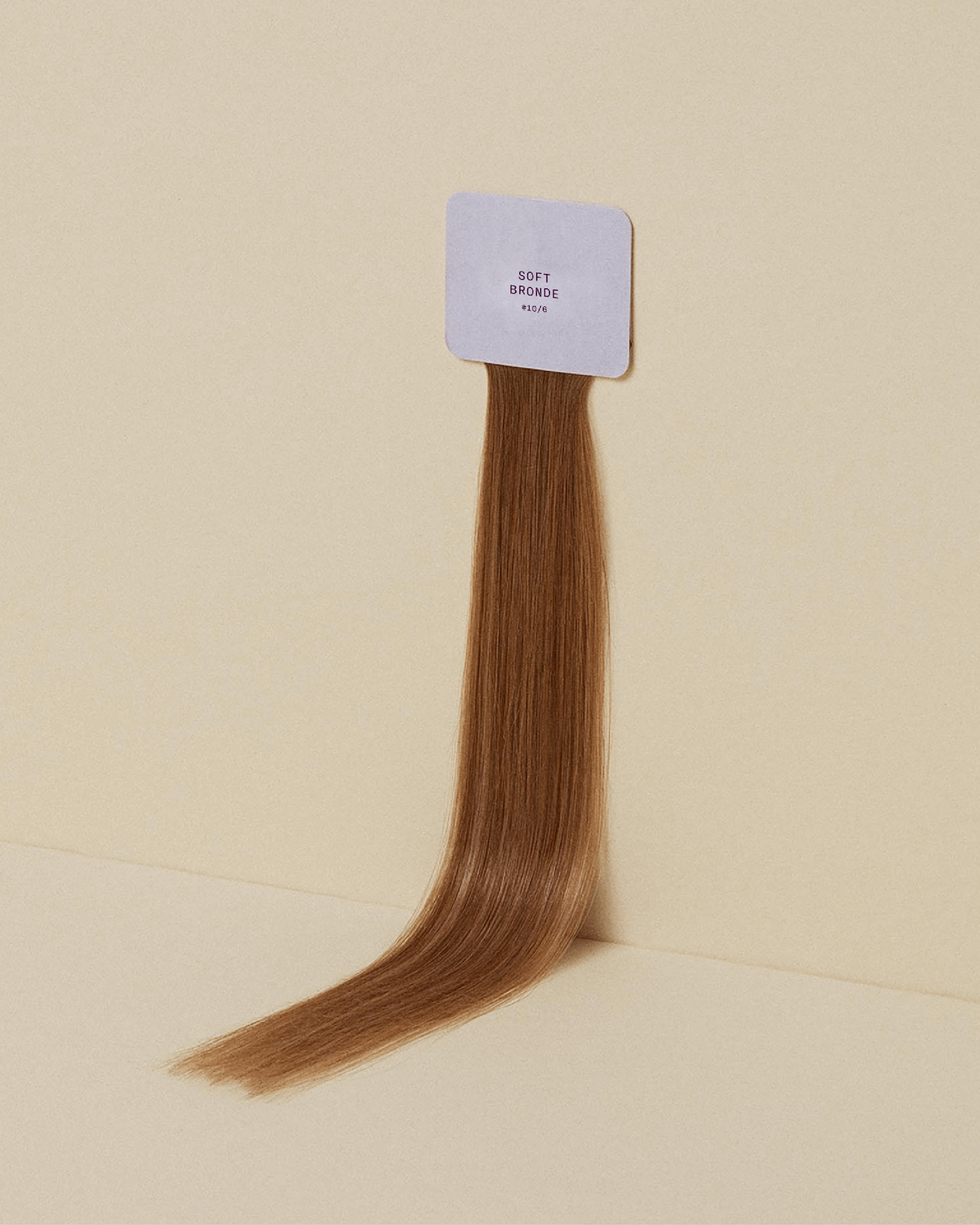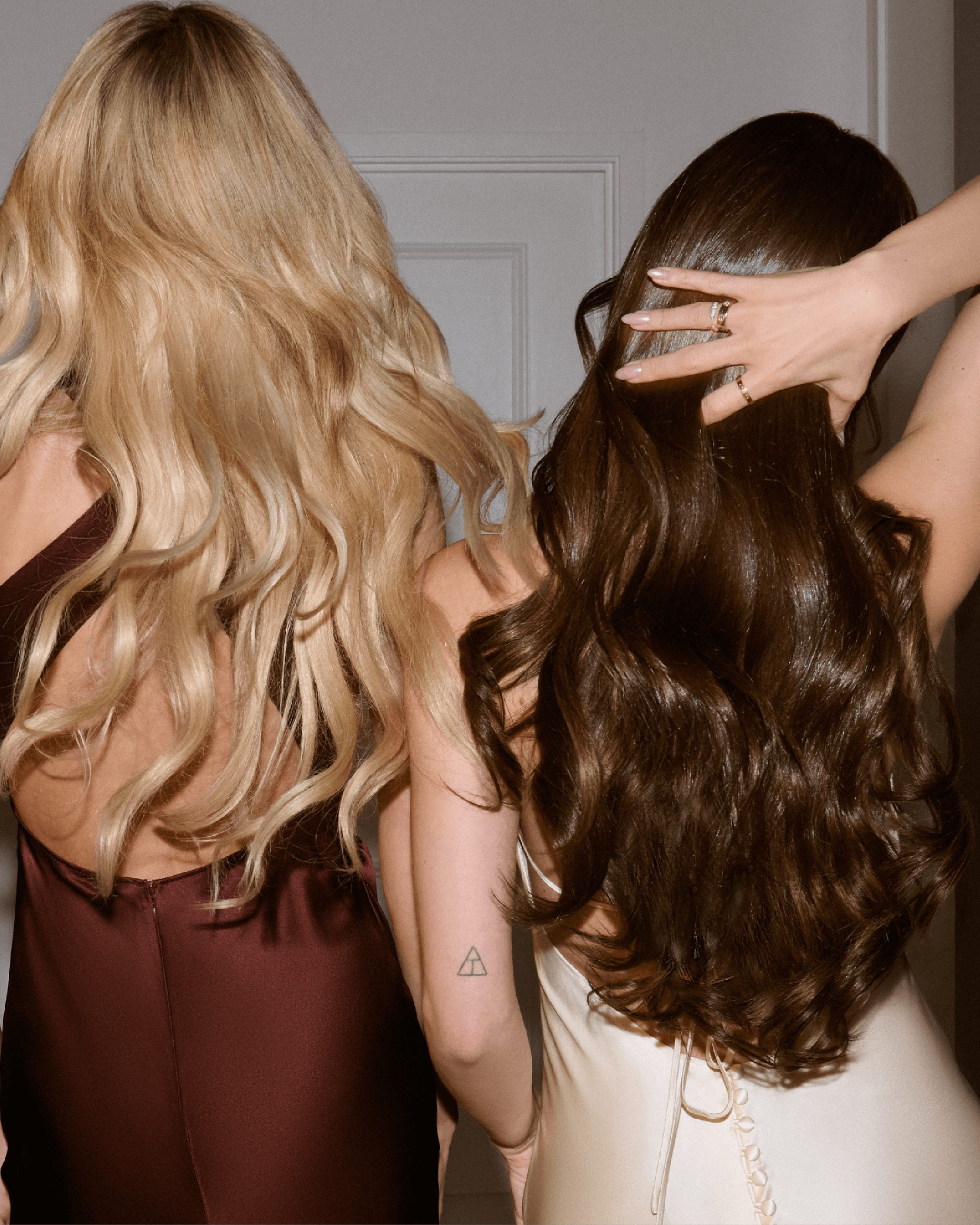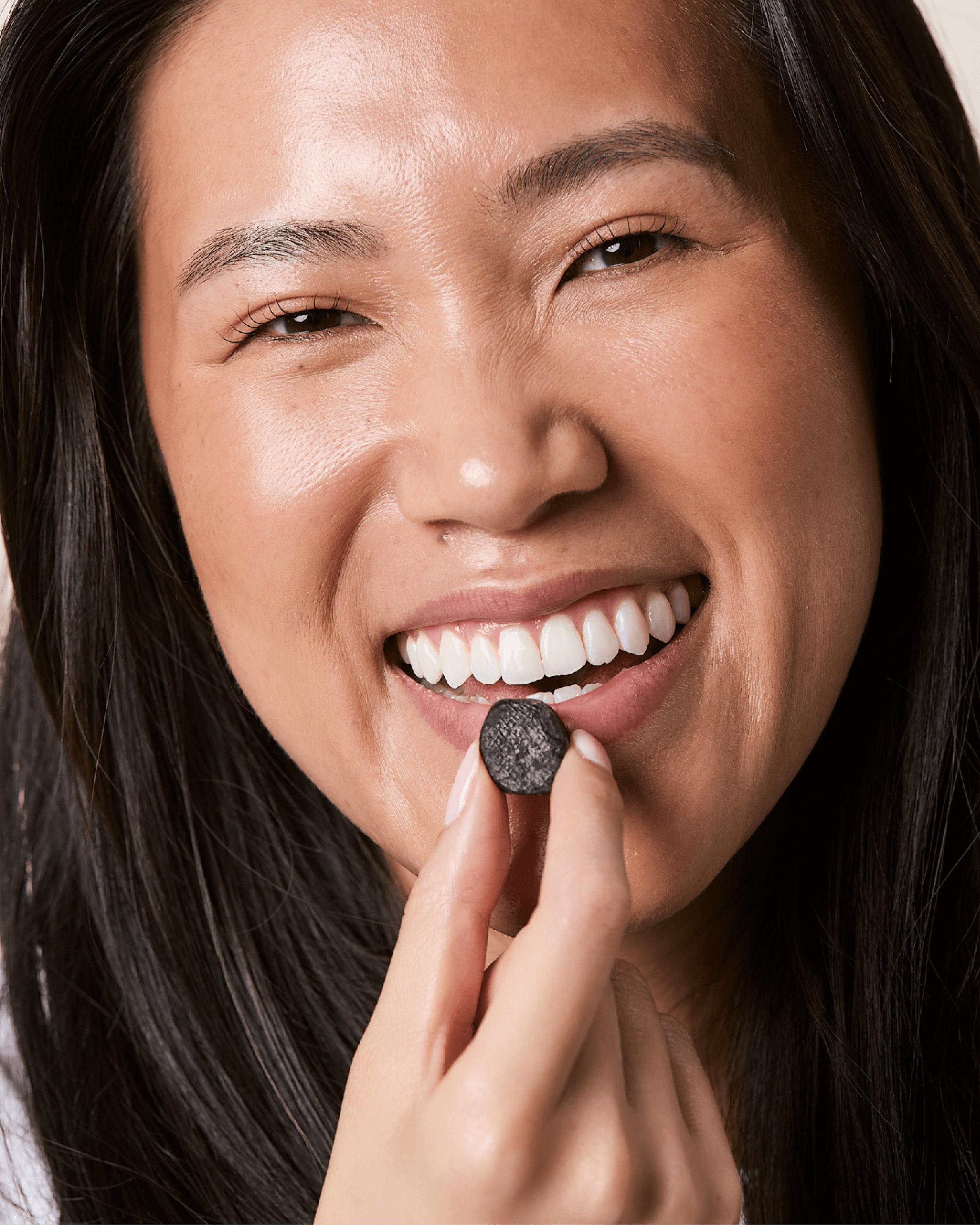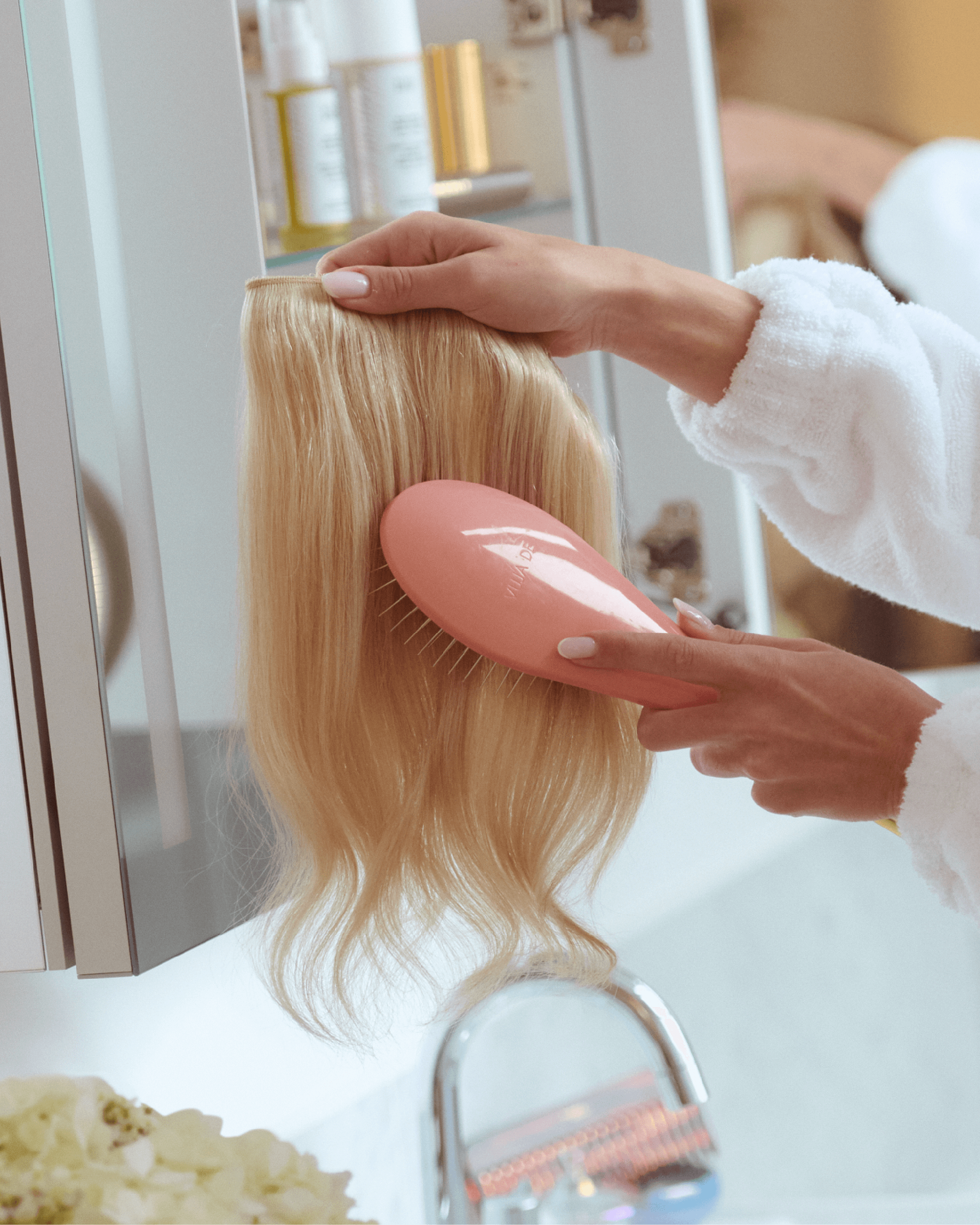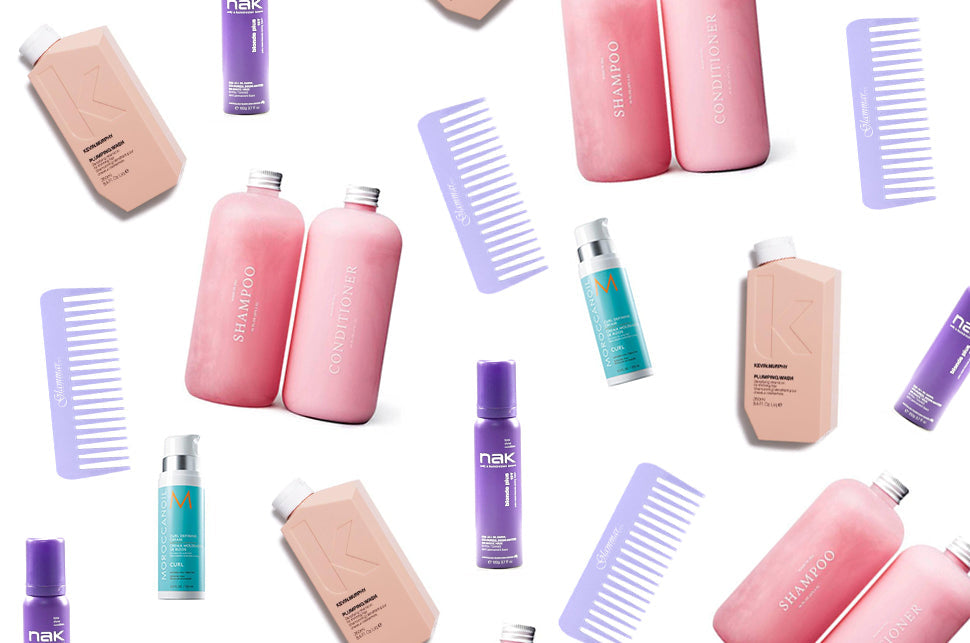There's a lot of hype about hair care, hair treatments, and hacks for growing your hair...
Yet one simple task that often gets overlooked is how you wash hair.
The truth is, most people are washing their hair wrong.
We get into bad habits growing up, and by the time we're adults, washing our hair is as automatic as driving a car.
You'd never stop one day to reassess if you've been driving correctly your whole life, right? Well, apart from parallel parking 😜
So why would you stop to consider if you've been washing your hair correctly?
According to hairstylist Brad Mondo, how you wash your hair can either help or disadvantage your hair care routine.
On his YouTube channel, Brad shares his best hair washing hacks and debunks the common hair washing myths among his clients.
Read next: How to protect your hair while you sleep
How to correctly wash your hair
Below are some of the frequently asked hair washing questions. The answers may surprise you!
What water temperature is best for washing my hair?
Answer: Lukewarm.
There is some talk about washing your hair with cold water to make your hair look shinier...
It's a myth.
Lukewarm water is the ideal temperature to wash your hair.
It opens up the hair follicles more than cold water, allowing the hair and scalp to release dirt and be fully cleansed.
Whereas at a cold temperature, water can't break up the dirt and oils as effectively.
And at a super hot temperature, water will weaken the hair while you’re scrubbing and cause breakage.
It can also boil the hair and scalp making hair frizzy which results in less shine overall.
How strongly should I massage my hair with shampoo?
Are you guilty of going for a good, hard scrub when it's time for shampoo?
Naturally, we tend to have the mentality that the harder you scrub your hair, the cleaner your scalp will be.
Surprisingly, this is not the case.
Even though a DIY head massage feels freaking amazing.
You should only gently massage the shampoo into your hair.
This is enough to get your blood circulating in your scalp and clean your head.
Anything rougher is essentially just causing friction, making your hair more matted than necessary!
When you rough up the hair cuticles too much, it can also cause you to shed and lose more hair than usual.
If my shampoo isn't foaming is it not working?
Let me ask you this:
Have you ever used a natural shampoo and thought it didn't really work to clean your hair?
It didn't foam up and might have felt more difficult to spread around your hair.
So then you weren't really satisfied or sure that your scalp received a good wash.
This is likely because it was made from natural ingredients.
When you purchase your regular supermarket or drugstore shampoo, it's usually made with surfactants (aka. detergents) that cause suds when your shampoo is combined with the water from your wet hair.
Shampoo manufacturers add this ingredient to make us feel like the shampoo is working to give your hair a deep cleanse.
Want to know the truth?
How much your shampoo foams up actually has nothing to do with the quality of your shampoo.
As Brad explains, the suds are just a visual cue that your hair is being washed.
It doesn't help to clean your hair at all.
In fact these days, you'll find a lot of high quality, organic or natural shampoos will barely foam up because many brands are trying to minimize how many chemicals are included in their shampoo.
So give that natural shampoo another chance.
It might not satisfy you in the foaming department, but it's cleaning your scalp just as effectively and is better for your hair too.
Which parts of my hair should I wash?
Only your scalp!
Dirty hair comes from the scalp, so the scalp is what needs to be washed.
There are two common hair washing habits:
1) Piling all your hair on your head so the shampoo can cover all the ends of your hair as you scrub.
2) Rubbing the shampoo into the ends of your hair with your hands.
These are both wrong.
Doing this will ruin your hair cuticles and dry out the ends of your hair.
There's no need to wash the ends of your hair as all the dirt is coming from the top.
Also, your ends are more fragile so you want to keep them as nourished as possible, not dry them out by over-cleansing.
Stick to a gentle scalp massage with shampoo and this will result in clean hair as well as a clean head.
How much shampoo should I be using?
Okay, I am definitely a culprit of believing the amount of shampoo you need to use depends on how much hair you have.
This is false.
As we discussed before, you only need to shampoo your scalp.
Scalp sizes don't vary that much.
Which means everyone can generally use the same amount of shampoo.
Brad suggests using two 20 cent sized amounts of shampoo.
One to wash the top of your scalp, and one to wash the back of your scalp.
He recommends making sure you move your hair away when washing the back and sides of your scalp, to ensure the shampoo comes into contact with your scalp itself.
If you find your scalp gets oily quite quickly, it could be because your shampoo hasn't been rubbed into your scalp properly.
So next hair wash, pay attention to massaging the shampoo into the back of your scalp as well as the top and sides, and focus on areas that tend to get oily quickly.
How long should I leave my conditioner in for?
This will vary depending on your hair type.
If hydration is the goal, of course you'll want to leave your conditioner in as long as possible in the shower.
However, Brad says there's no need to keep your conditioner in for more than 15 minutes.
Unless it's a hair treatment designed to be left in longer, you're not getting any extra benefit by leaving a regular conditioner in for more than 15 minutes.
Tip: If your hair needs extra love, do as Brad does and apply a hair mask after your conditioner.
The conditioner is great for detangling your hair and getting it ready for a hair mask to be applied.
While a hair mask will give your hair the added nourishment it needs.
How to correctly care for your hair after washing
Most people are incorrectly drying their hair...
This may seem like the most basic procedure ever.
Yet most people are doing it wrong!
You should absolutely NOT be rubbing your hair in a towel to dry it.
Here's the deal:
Your hair is in it's most fragile state when it's wet and has been warmed up from the shower.
If you then go and rub your hair in a towel, it's very easy for the cuticles to get damaged and for hair to break.
Instead, you should be gently patting or scrunching the towel into your hair to absorb some of the water.
Brad also says DO NOT put your hair into a towel turban on your head.
This pulls at the sensitive hairs around your scalp, so if you put your hair in a towel turban after every wash it can cause tension alopecia overtime.
You should be taking advantage of aftercare products.
Your scalp is clean, your hair is detangled and conditioned.
You could leave it at that, but...
At the end of your shower, your hair has likely only come into contact with hair care products for a few minutes.
It's enough for a clean scalp, but if you really want to look after your hair, a great aftercare routine is key.
What products you use post-shower will really depend on your hair type.
Dry hair needs oils, serums or hydrating masks.
Curly hair needs curl defining products to defrizz and reduce the temptation to heat style.
Colored hair may need a strengthening treatment or color-protecting serum.
Or if you need to blow-dry your hair, you'll definitely need a thermal protecting product to prevent your hair from being damaged by heat. This is a big one.
Now that you've got all the information you need to wash your hair correctly and keep your hair healthy, the only question left is:
How often should you wash your hair?
Click here to find out how frequently your hair needs to be washed.
Read more
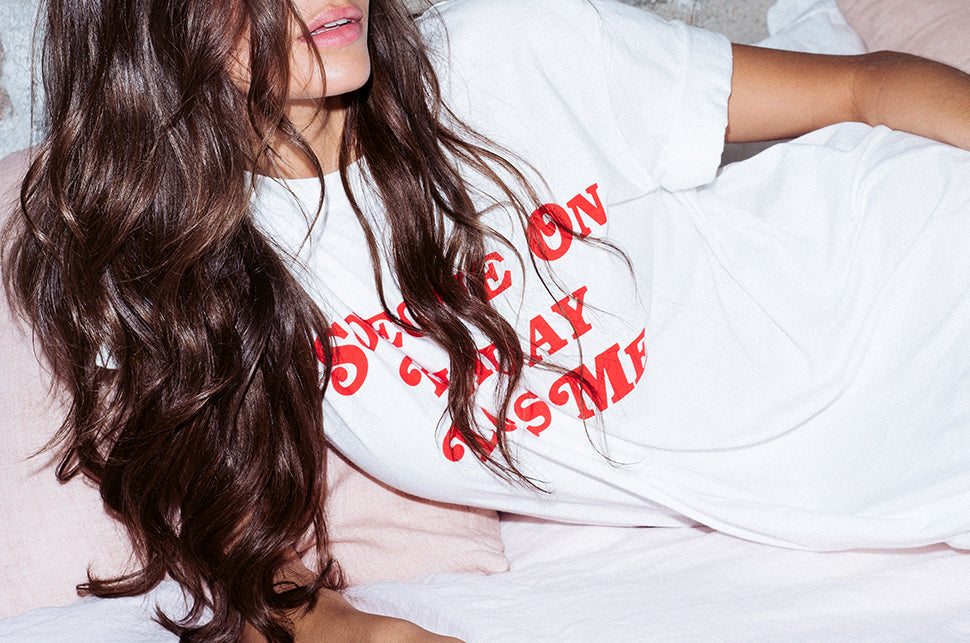
I started out on the genetically fortunate side of life when it comes to hair. While most babies are born almost bald, I was born with a full head of dark curls. *baby hair toss* From that moment f...
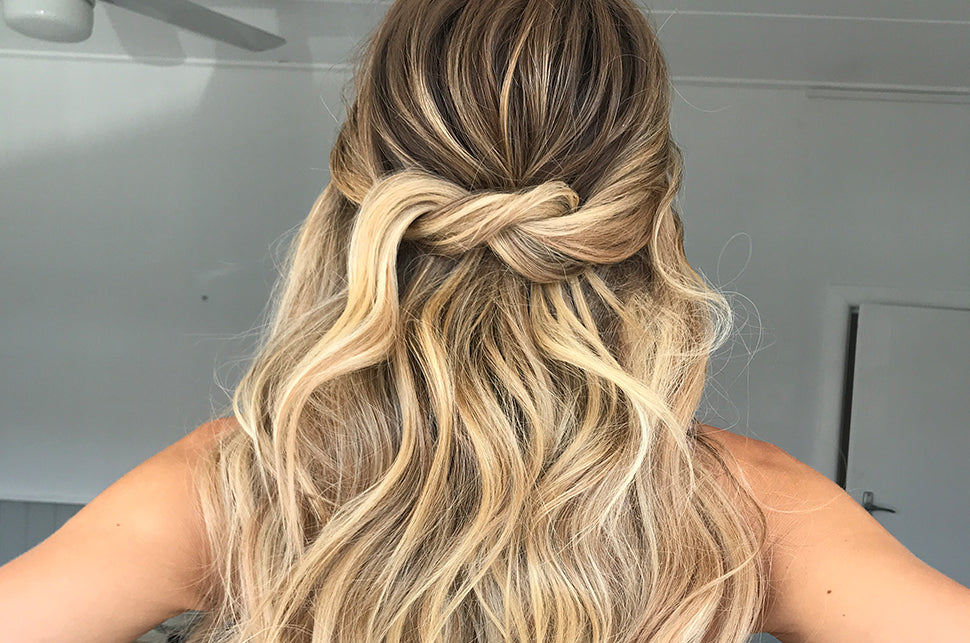
By popular demand, I've put together my favorite hair tutorials using the Sitting Pretty Halo.
